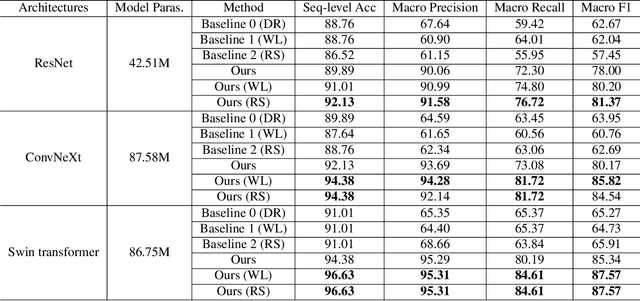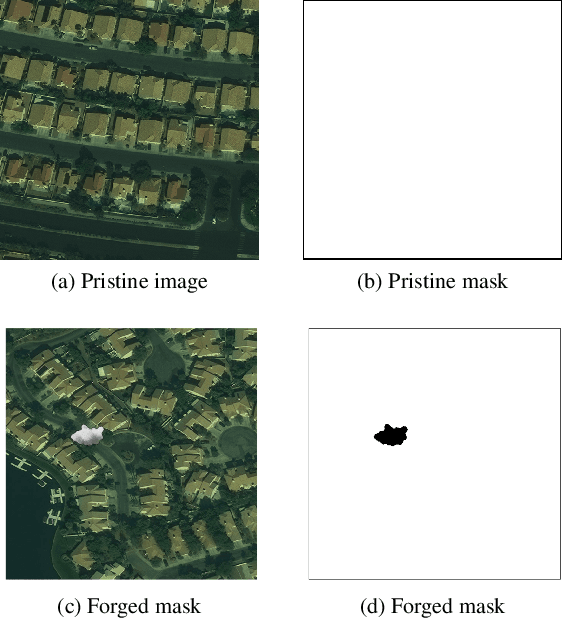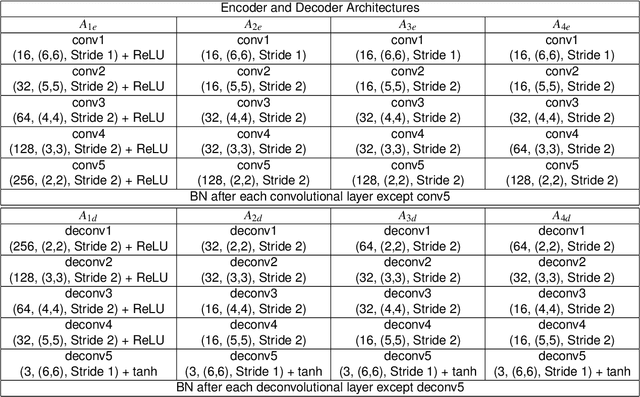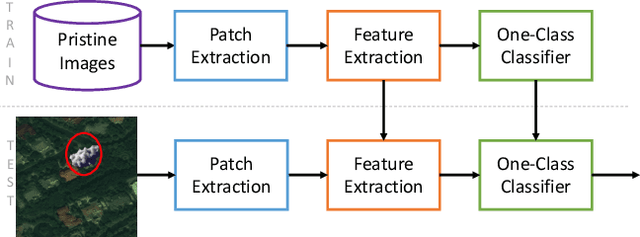Fengqing Maggie Zhu
Automatic Recognition of Food Ingestion Environment from the AIM-2 Wearable Sensor
May 13, 2024



Abstract:Detecting an ingestion environment is an important aspect of monitoring dietary intake. It provides insightful information for dietary assessment. However, it is a challenging problem where human-based reviewing can be tedious, and algorithm-based review suffers from data imbalance and perceptual aliasing problems. To address these issues, we propose a neural network-based method with a two-stage training framework that tactfully combines fine-tuning and transfer learning techniques. Our method is evaluated on a newly collected dataset called ``UA Free Living Study", which uses an egocentric wearable camera, AIM-2 sensor, to simulate food consumption in free-living conditions. The proposed training framework is applied to common neural network backbones, combined with approaches in the general imbalanced classification field. Experimental results on the collected dataset show that our proposed method for automatic ingestion environment recognition successfully addresses the challenging data imbalance problem in the dataset and achieves a promising overall classification accuracy of 96.63%.
Satellite Image Forgery Detection and Localization Using GAN and One-Class Classifier
Feb 13, 2018



Abstract:Current satellite imaging technology enables shooting high-resolution pictures of the ground. As any other kind of digital images, overhead pictures can also be easily forged. However, common image forensic techniques are often developed for consumer camera images, which strongly differ in their nature from satellite ones (e.g., compression schemes, post-processing, sensors, etc.). Therefore, many accurate state-of-the-art forensic algorithms are bound to fail if blindly applied to overhead image analysis. Development of novel forensic tools for satellite images is paramount to assess their authenticity and integrity. In this paper, we propose an algorithm for satellite image forgery detection and localization. Specifically, we consider the scenario in which pixels within a region of a satellite image are replaced to add or remove an object from the scene. Our algorithm works under the assumption that no forged images are available for training. Using a generative adversarial network (GAN), we learn a feature representation of pristine satellite images. A one-class support vector machine (SVM) is trained on these features to determine their distribution. Finally, image forgeries are detected as anomalies. The proposed algorithm is validated against different kinds of satellite images containing forgeries of different size and shape.
 Add to Chrome
Add to Chrome Add to Firefox
Add to Firefox Add to Edge
Add to Edge